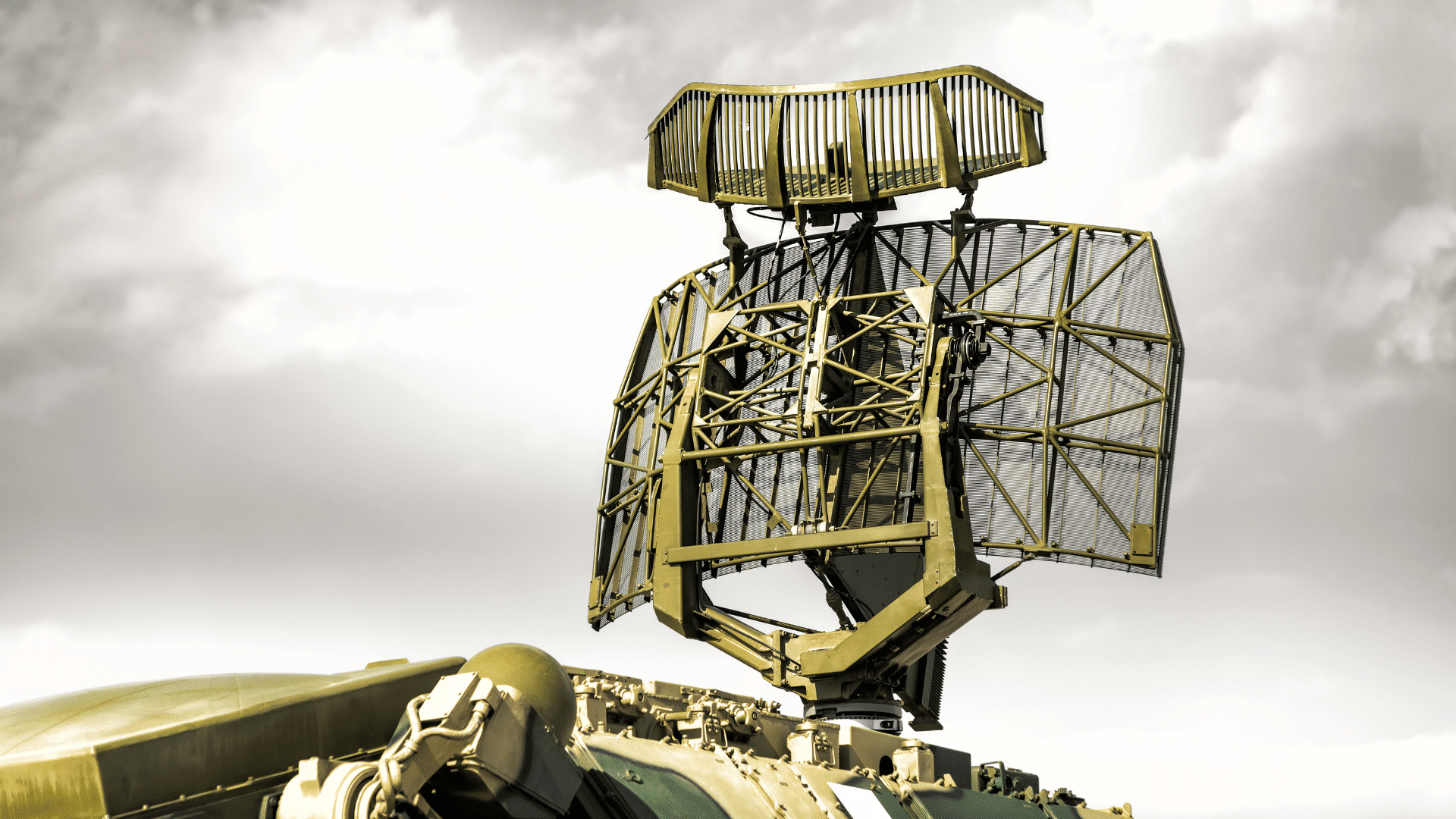Guide to Miniature Atomic Clocks for Radar and Wireless Applications
A standard oven-controlled quartz oscillator (OCXO) provides the required level of accuracy and stability by adding a GNSSGlobal navigation satellite system (GNSS): A general term describing any satellite constellation that provides positioning, navigation, and timing (PNT) services on a global or regional basis. See also receiver to phase and frequency, and locks the LO to the precise atomic clock references in the satellites.
But how do you achieve high accuracy and stability when GNSS signal is not available or practical?
A few years ago, the simple idea of implementing an atomic clock as an LO source instead of the classic OXCO was a design improvement to be considered very carefully in terms of budget, and the impact of Size, Weight, and Power (SWaP) on the final design. The first generation of Chip Scale Atomic Clocks (CSAC) became available on the market, offering ~10x or more improvement in accuracy and stability over a high-end OCXO in a low SWAP package.
Today, the second generation of miniature atomic clocks is now available and can reach a new level of accuracy and stability (~100x over high-end OCXOs) while still maintaining the low SWAP attributes. These next generation atomic clocks can now operate over wide temperature ranges in harsh environments with improved reliability and phase noise.
Precise and accurate timing: A battlefield necessity
Any Global Navigation Satellite System (GNSS) can be used to discipline a local oscillator (LO) to provide higher frequency accuracy than a standalone device. By synchronizing to the atomic clocks in the GNSS satellites, the GNSS receiver will also get a global time reference, such as Universal Coordinated Time (UTC), to be used as a common reference across a wide geographic area, which is necessary in multi-static radars, distributed arrays, or in wireless Wide Area Network (WAN) applications.
Because GNSS satellites broadcast from Mid Earth Orbit (MEO), approximately 20K km above the earth, they make signal reception very weak and can therefore be easily interfered with or jammed. Having a local atomic clock to provide an accurate and stable frequency can alleviate this problem.
There are many applications where relying on stable and reliable GNSS reception is not an option. In the battlefield, for example, it is critical to get precise date and time-stamping to ensure a reliable end-to-end data collection process in Intelligence, Surveillance and Reconnaissance (ISR) applications.
Next-Gen atomic clocks: An optimized frequency source
For wireless networks
Systems requiring free-running synchronization over hours or days, such as Time Division Multiple Access (TMDA) networks, are concerned about long-term stability to maintain a highly accurate synchronization level while being on a low power and radio silent sleep mode.
A second-generation atomic clock is the best solution to provide such backbone networks with required precise synchronization and long-term stability, thanks to its holdover function in a GNSS-denied environment.
This solution is ideal for many wireless communications systems such as network of fire control radars to exchange targeting information in real-time, or real-time video from multi-static radars. Another example is distributed phase array element synchronization for Very High Frequency (VHF) and Ultra High Frequency (UHF) systems.
The mRO-50 miniature atomic clock is specifically designed to ensure continuous network connection by providing holdover synchronized time.
For high performances radar systems
Synchronization needs are important for radar systems but less so for wireless communication networks, which typically need synchronization from pulse to pulse (milliseconds) and a short-term stability level.
The primary focus for radar networks is to select the appropriate low phase noise oscillator, which is critical for high performance radar systems, to ensure overall system and application performance and reliability. The full infrastructure relies on the detection of extremely faint return signals from the target. These signals can be easily masked by the phase noise produced by the local oscillator’s receiver.
It is unusual for an atomic clock to have efficient low phase noise performance, but it is provided by the mRO-50, which serves as a drop-in replacement for most OCXOs in radar applications.
Conclusion
To summarize the comparison between a typical high quality OCXO and a second-generation miniature atomic clock such as the mRO-50, even if both components are contained in identical size packages, the atomic clock will be:
- Slightly lighter
- Consuming much less power in both the warm-up and steady state modes.
- Offering improved frequency stability (two to four orders of magnitude better)
The phase noise performances would be comparable to a standard OCXO, though Low Phase Noise (LPN) OCXO versions are better. But for applications that require ultra-low phase noise, installing a mini atomic oscillator such as the mRO-50, cascaded by an LPN phase locked to it, provides the best of both worlds: high frequency stability and low phase noise.
In the light of all those listed elements, we can conclude that the best solution for many mobile applications such as radar systems or wireless communications systems requiring low g-sensitivity would be a new-generation miniature atomic clock.
About mRO-50
The mRO-50 is Safran’s latest low SWaP-C Miniaturized Rubidium Oscillator launched in June 2020, specifically designed to meet core requirements for military airborne, ground, and mobile radio communications applications. It provides better holdover and higher stability in the same volume as a standard OCXO oscillator but with much lower power consumption. It can be a drop-in replacement for most applications.
The mRO-50 design is based on the classical rubidium clock heritage from Orolia. For more than 30 years, the company has been producing the most accurate atomic clocks in the world, including the ones used to equip the Galileo GNSS system, which currently represent the most accurate space-based timekeeping devices ensemble in any GNSS system.


